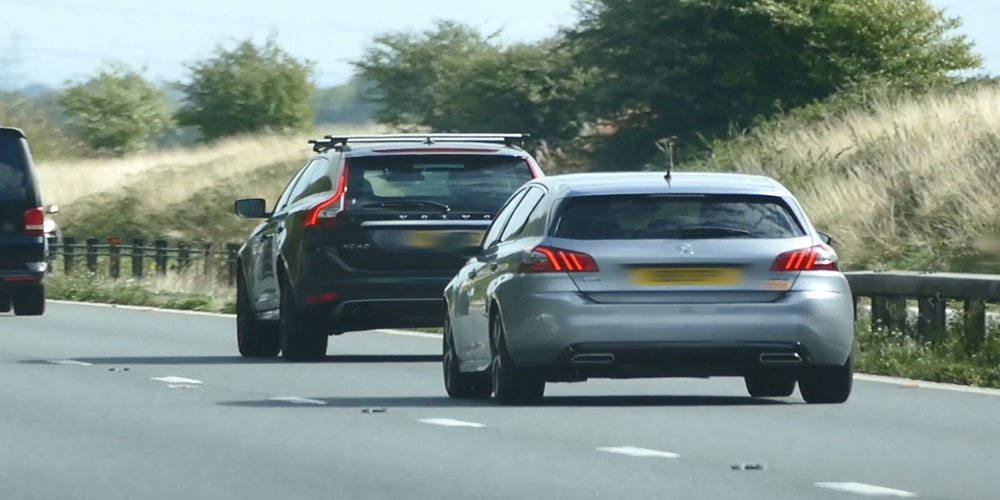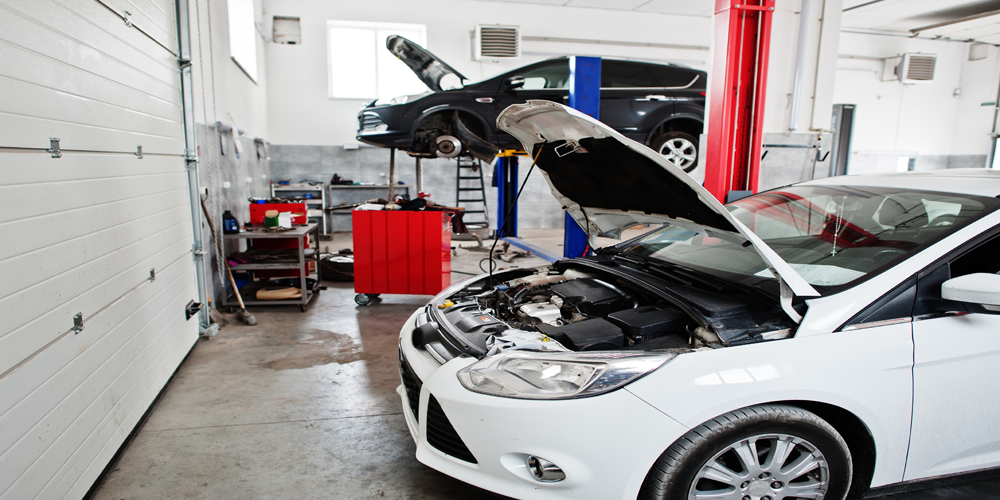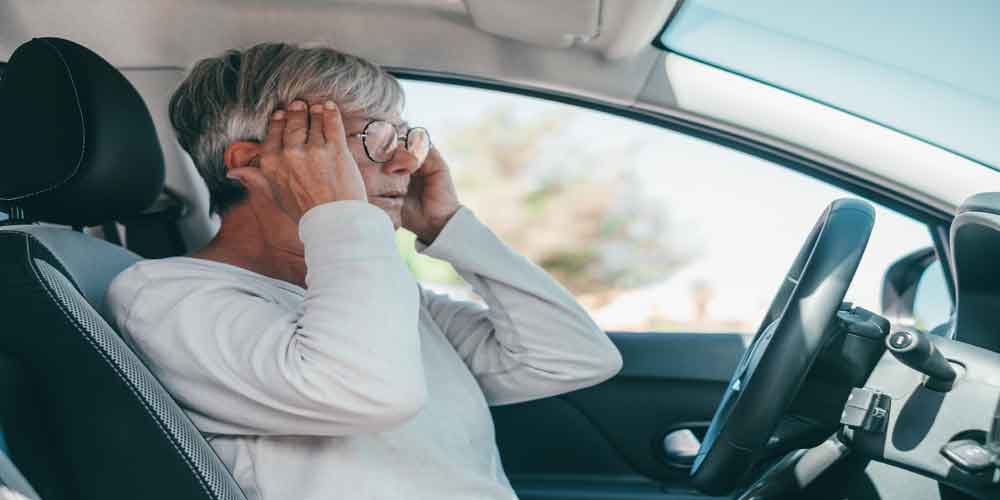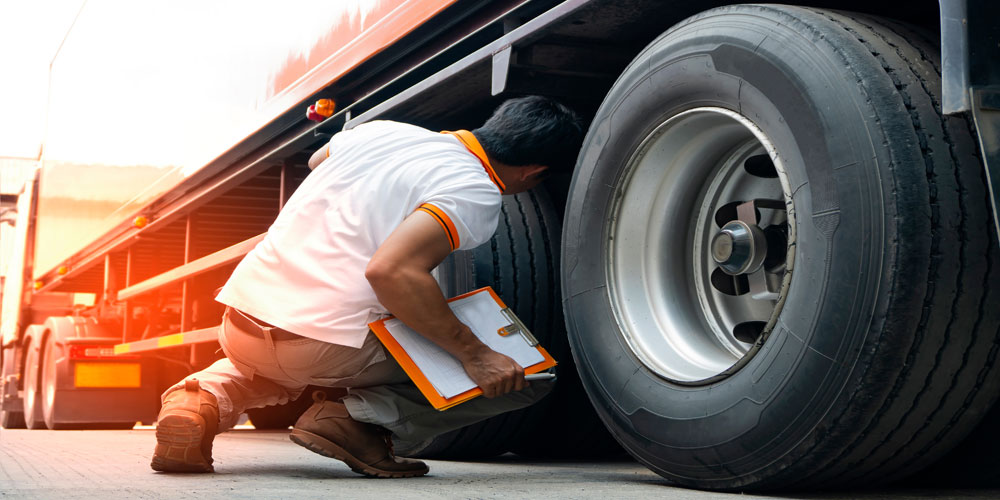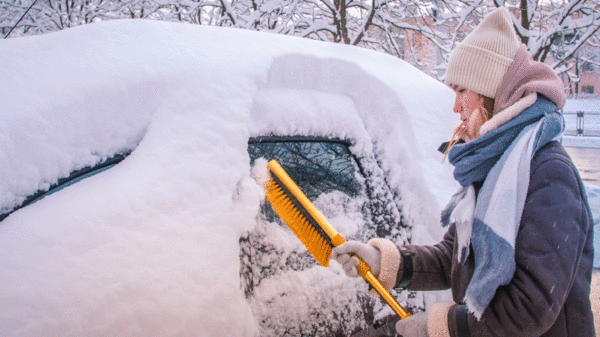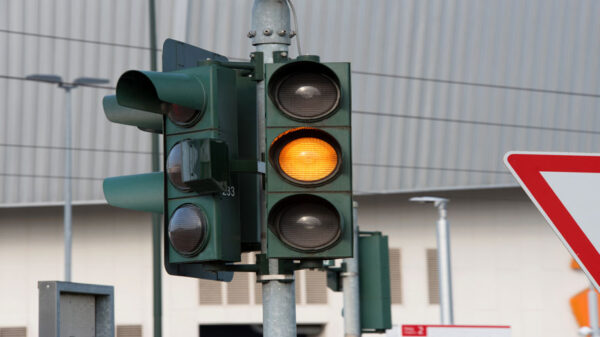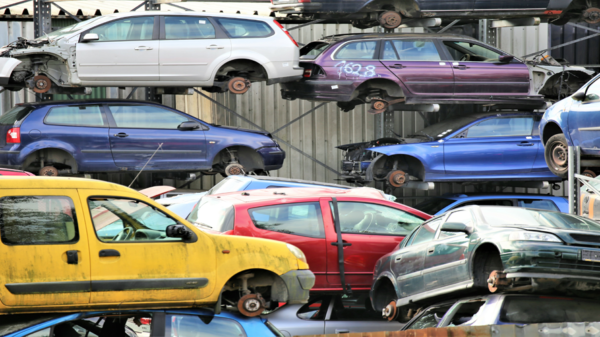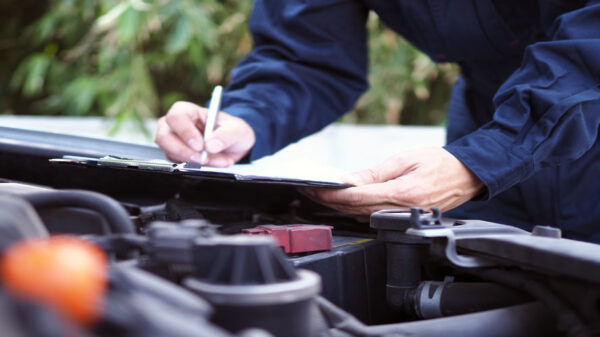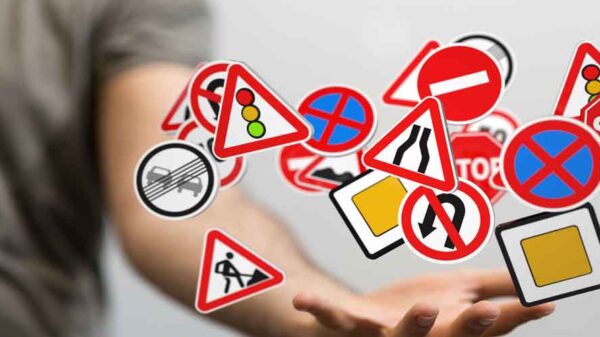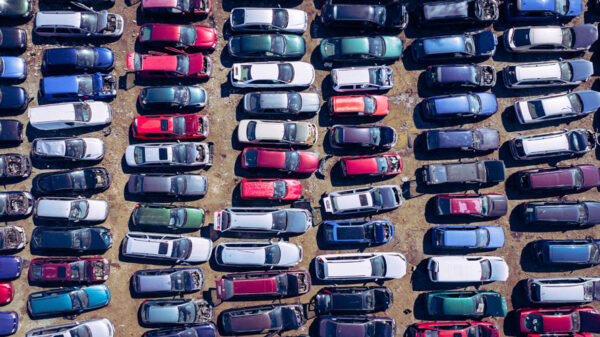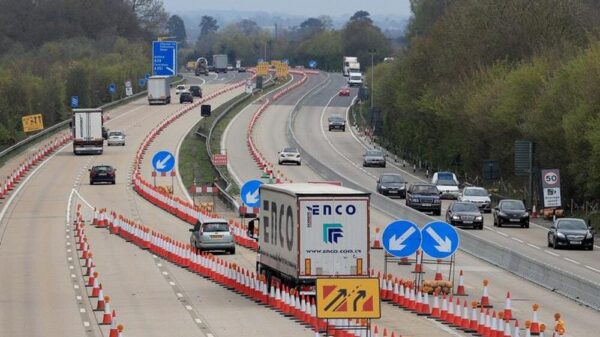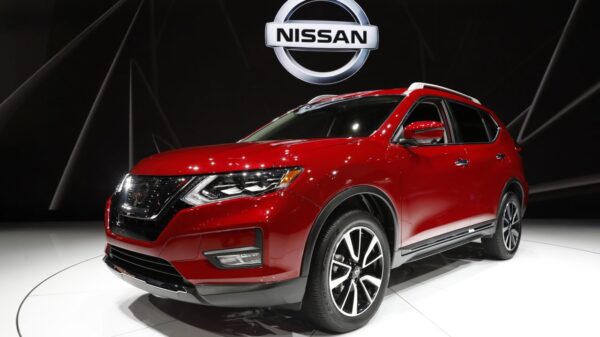The Cameras Targeting Tailgaters Coming to a Motorway Near You.
Highways England has stepped up its efforts to curb tailgaters with the help of new roadside cameras. Technology that can detect if vehicles are travelling too close to each other is being trialled on the M1 in Northamptonshire before it’s rolled out across the country.
The new system has recorded 26,000 tailgating vehicles in the first two months of the trial. That’s 419 drivers a day breaking the Highway Code’s two-second minimum gap rule.
Rather than prosecuting offenders, the police have sent warning letters in the post to reinforce the message to leave a safe distance between vehicles. Drivers can usually be fined £100 and handed three penalty points on their licence.
Of the 26,000 tailgaters who received letters, 3,700 were repeat offenders. Some drivers were spotted tailgating up to 12 times on the same 150-metre stretch of road where the cameras have been installed.
Highways England’s Head of Road Safety Jeremy Philips said the cameras are there to “make drivers aware of their behaviour and encourage better driving”.
“These new cameras have, sadly, highlighted just how many people are driving too close on our roads”, he added.
Tailgating is a factor in one in eight casualties on the Highways England network and the government-owned company is assessing whether sending tailgaters letters is leading to a change in their behaviour.
Serious collisions caused by drivers travelling too close to vehicles in front of them have jumped to their highest level in at least seven years, according the Department for Transport (DfT).
Mr Philips said: “We understand that most tailgating is unintentional by drivers who are simply unaware they are dangerously invading someone else’s space. But not leaving enough space between you and the vehicle in front can be very frightening and intimidating — it could also prove fatal.”
The two-second gap recommended in the Highway Code should be treated as a minimum, as stopping distances vary on different road surfaces and at a range of speeds.
Despite the danger of driving too close to other vehicles, a surprising 25% of drivers admitted to tailgating others, when asked by Highways England.
A similar survey from road safety charity Brake in 2014 found that 95% of drivers are sometimes concerned about vehicles driving too close behind them.1
RAC road safety spokesman Simon Williams said: “Unlike speeding, where cameras are now widely used, catching drivers committing many other types of motoring offences, including tailgating, has mostly depended on police officers being present.”
“This technology has the potential to change that – if rolled out widely, the cameras could dramatically increase the chances of catching drivers who put themselves and others in serious danger by tailgating, which could help make our roads safer.”
“RAC research shows the poor standard of other people’s driving is a top concern for motorists, second only to motorists using handheld phone at the wheel, which suggests there is an appetite for something to be done about it.”
The Northamptonshire trial is set to last six months.


